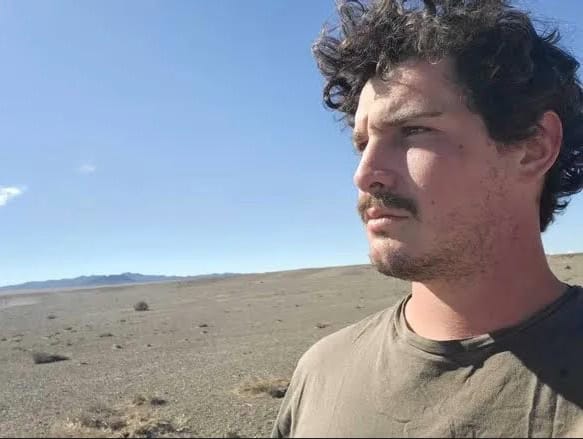Some information may be outdated.
Science Moab talks with documentary writer Gautier Dubois

The Moab Festival of Science will kick off the evening of Wednesday, September 13 with a screening of “Top of the Rocks,” a TV documentary series all about rocks. The series was partially filmed in Moab: a section on sandstone features Moabite Dr. Tim Graham. Science Moab chatted with the writer of the series, Gautier Dubois, about how it all came together.
Science Moab: What inspired the documentary?
Dubois: I was working with Christophe Cousin, the director of this series, on another documentary that never became real. I was walking on the streets of Paris, and in the streets of Paris, every building is very old. I said, “Christophe, have you ever thought about the fact that without limestone, Paris architecture like this isn’t possible?” I come from a town built on granite—every building is granite. We start discussing this and we say, there must be an influence of the rocks beneath your feet on the way you live. If there was no limestone in the Bordeaux region, there could be no vineyard, so no wine of Bordeaux. If there was no granite, we wouldn’t have these old granite churches that have survived through the ages.
We figure out that maybe rocks have a very strong influence on people—on arts, on religion, on animals, on plants. Everything is about rocks, because the rocks tell you what you can make of this Earth.
Science Moab: The Sandstone episode of this series is filmed partially on the Colorado Plateau, and you talked with local scientist Tim Graham about his study of insects that live in sandstone. Can you tell me about writing that episode?
Dubois: I said these creatures are like the definition of hope. They will never figure out where they live, they will never figure out what’s the world around them, and they will never figure out when the rain will come or not. They don’t even know what rain is. They lay their eggs and hope that in another year or two, the water will come back and the eggs will live.
It’s crazy, you know? That’s the definition of hope to me.
Science Moab: When you were writing this series, were you drawn to any particular types of rocks?
Dubois: I liked the basalt and I liked the sandstone also. What makes me feel very euphoric about basalt is that it’s a definition of life—basalt comes directly from the middle of the earth [basalt is a volcanic rock formed when lava cools], so it’s pure, new rock. And it’s very fertile.
I also like sandstone: It is something quite unusual. It’s a rock that is made of sand, and eventually turns back into sand, then becomes rock again. It’s eternal.
Science Moab is a nonprofit dedicated to engaging community members and visitors with the science happening in Southeast Utah and the Colorado Plateau. To learn more and listen to the rest of this interview, visit www.sciencemoab.org/radio.
Appreciate the coverage? Help keep local news alive.
Chip in to support the Moab Sun News.




